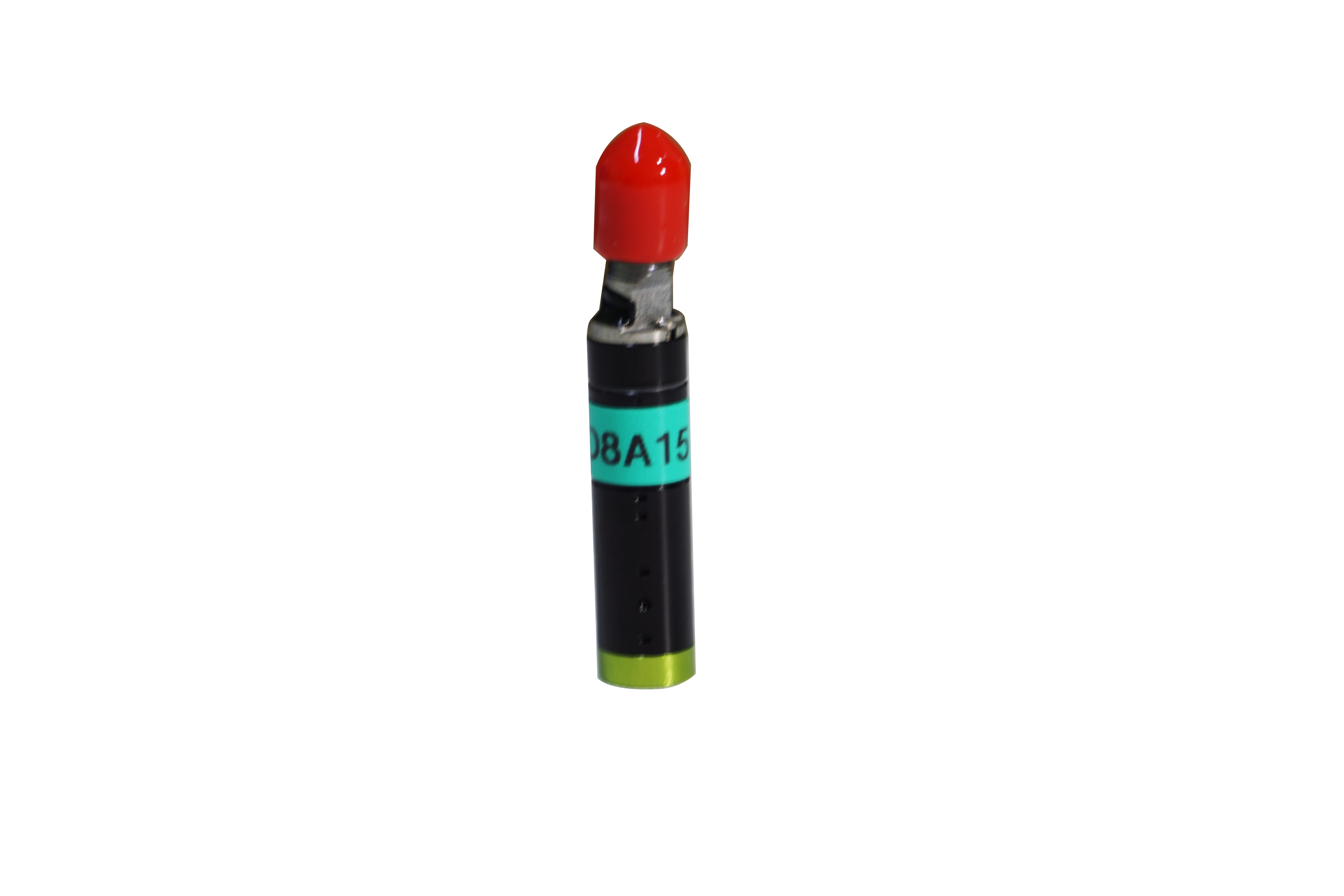2022-01-12
The spectral confocal sensor does not need to be re-installed or adjusted for each material. For the measured object with a variety of materials, only one sensor can be used, one installation method can be stable measurement, and the junction of different materials can also be stable measurement. The spectral confocal displacement sensor has very high scanning accuracy and can measure roughness in accordance with ISO2587 international standard.

The influence of surface roughness on the performance of mechanical parts
Surface roughness has a great impact on the quality of parts, mainly focusing on the wear resistance of parts, fit properties, fatigue strength, workpiece accuracy and corrosion resistance.
1, the impact on friction and wear. The influence of surface roughness on the wear of parts is mainly reflected in the peak and the peak, the two parts contact each other, in fact, it is part of the peak contact, the contact pressure is high, which can make the material produce shaping flow. The rougher the surface, the worse the wear.
2, the impact on the nature of coordination. The fit of two members is nothing more than two forms, interference fit and gap fit. For interference fit, because the peak of the surface is flattened during assembly, the interference amount decreases and the connection strength of the member is reduced. For the clearance fit, the clearance degree will become larger as the summit is continuously smoothed. Therefore, surface roughness affects the stability of the mating properties.
3, against the influence of fatigue strength. The rougher the surface of the part, the deeper the dent, the smaller the curvature radius of the trough, and the more sensitive it is to stress concentration. Therefore, the greater the surface roughness of the part, the more sensitive its stress concentration, and the lower its fatigue resistance.
4. Resist the influence of corrosion. The rougher the surface of the part, the deeper its trough. In this way, dust, deteriorated lubricating oil, acidic and alkaline corrosive substances are easy to accumulate in these valleys and penetrate into the inner layer of the material, intensifying the corrosion of the parts. Therefore, reducing the surface roughness can enhance the corrosion resistance of the parts.
A simple measuring device is built by using the confocal displacement sensor to measure the roughness of the valve cover of the film gas meter without contact, so as to judge whether the seal of the valve cover is qualified. Based on the spectral confocal sensor, the surface roughness of the roughness sample was measured without contact by the two-dimensional nano-measuring and positioning device built by the spectral confocal sensor, and the uncertainty evaluation of the measurement results was carried out, and the U95 was 13.9%.
Spectral confocal technology is a high-precision, non-contact optical measurement technology, which establishes a set of coding rules for axial distance and wavelength. As a sub-micron sensor for fast and accurate measurement, the sensor based on spectral confocal technology has been widely used in industrial measurement fields such as surface micro-shape measurement, thickness measurement, displacement measurement, on-line monitoring and process control. Looking forward to its future, with the development of spectral confocal sensing technology, it will be applied more and more in microelectronics, linewidth measurement, nano measurement, ultra-precision geometric measurement and other fields.



